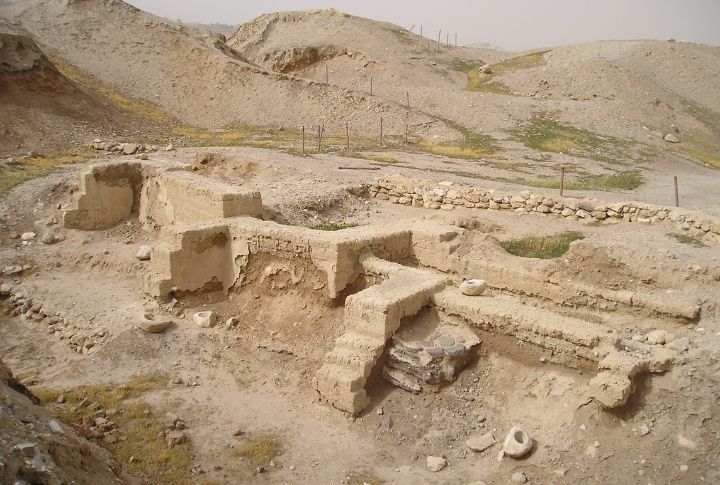
Jericho sits in the Jordan Valley, holding stories that reach deeper than most ancient sites. Each layer adds another clue about how people survived and adapted around its oasis. Springs, defenses, and surprising innovations built its reputation over millennia. Curious what the desert’s longest-running city left behind? Let’s take a closer look.
Etymology: How The Desert City Got Its Name
Jericho’s story begins at its ancient core, Tell es-Sultan. Here, “Tell” simply means a mound made from many old towns built in the same spot over thousands of years. The city’s older name, Yeriho, links to fragrance or the moon, and ancient texts even call it the City of Palms.
History And Archaeology: Tracing 10,000 Years Of Survival
The ruins found showed that people lived there long before most cities existed. Archaeologists uncovered more than 20, built over older ones, with the earliest dating to about 9000 BCE. These layers reveal activity through many ancient eras and support Jericho’s reputation as the oldest continuously inhabited city.
Stone Age Beginnings: The First Settlement At Tell es-Sultan
The earliest settlers chose Jericho because of a natural spring that never dried up. That steady water source gave life a chance in the desert. Over generations, homes piled up, creating the tall mound of Tell es-Sultan, which still shows the city’s earliest shape.
Natufian Roots (c. 10,000 BCE): Hunter-Gatherers In The Desert Oasis
Long before permanent neighborhoods appeared, Natufian families gathered around Jericho’s oasis. They treated the oasis as a reliable home instead of a temporary stop. This decision marked a major shift toward settled life. Archaeologists also link them to some of the earliest bread ever produced, which adds a surprisingly relatable detail to their story.
Pre-Pottery Neolithic: The Birth Of A Permanent City

Jericho entered a new phase once people committed to life in one place and raised crops beside the oasis. Experts divide this era into PPNA and PPNB, both shaped by discoveries at the site. Residents built mud brick homes with smooth plaster floors, creating a stable community in the desert.
PPNA: The World’s Earliest Urban Community Takes Shape
Visitors standing at Jericho during the Pre-Pottery Neolithic A period would have seen a massive wall circling the settlement and a tower that reached over 8.5 meters. Inside the tower, twenty-two stone steps climbed upward. Features on the scale show how confident the community already felt in the desert.
PPNB: Farming, Homes, and A Growing Desert Population
Archaeologists point to the Pre-Pottery Neolithic B’s layers of Jericho for a clear picture of a community that stretched far beyond its oasis. Homes with several rooms formed clustered neighborhoods, cultural links reached West Syria and the Middle Euphrates, and detailed burials with ritual objects revealed strong social identity.
Chalcolithic Era: Copper Tools And Cultural Expansion
Life in Jericho changed again when people began using copper instead of only stone. That simple upgrade gave the period the nickname Copper Age. It marked a moment when the city stepped into a wider world of metal tools, opening new possibilities for daily survival.
Early Bronze Age: Walls, Towers, And A Strong Desert City State
Power shaped Jericho during the Early Bronze Age. The settlement expanded to its greatest size around 2600 BCE and relied on heavy walls for protection. A palace crowned Spring Hill, and engineers added stone revetments and complex gates signaling Jericho’s status as a major urban force.
Middle Bronze Age: A Resilient City That Refused To Disappear
Another wave of strength marked Jericho in the Middle Bronze Age. Thick stone and brick defenses surrounded the settlement, giving it a sense of confidence in the desert. Prosperity during this era shows the city still held a stable place in the region’s landscape.

